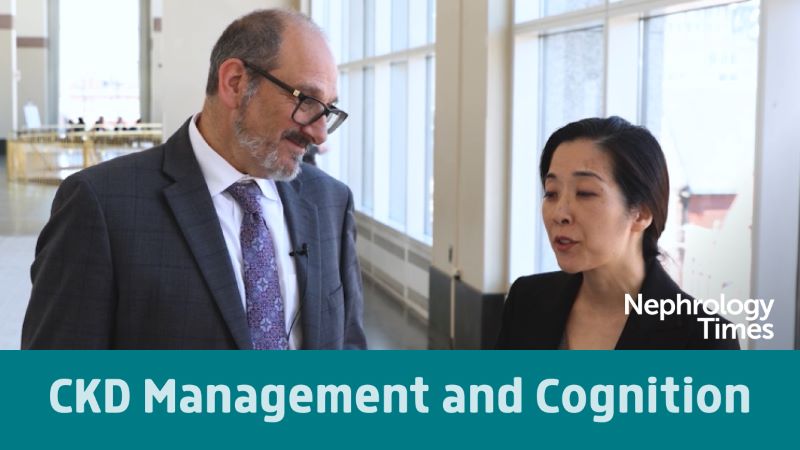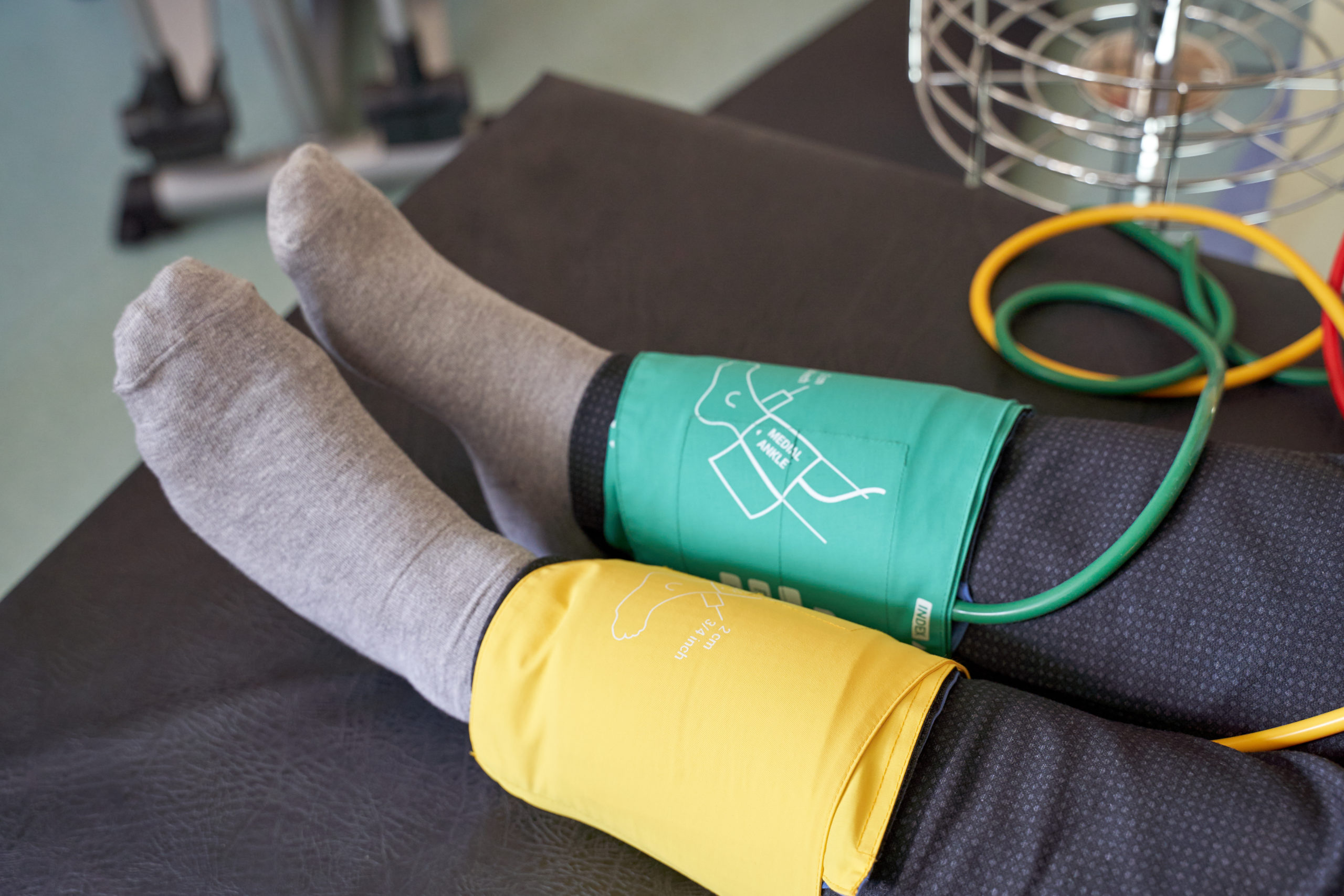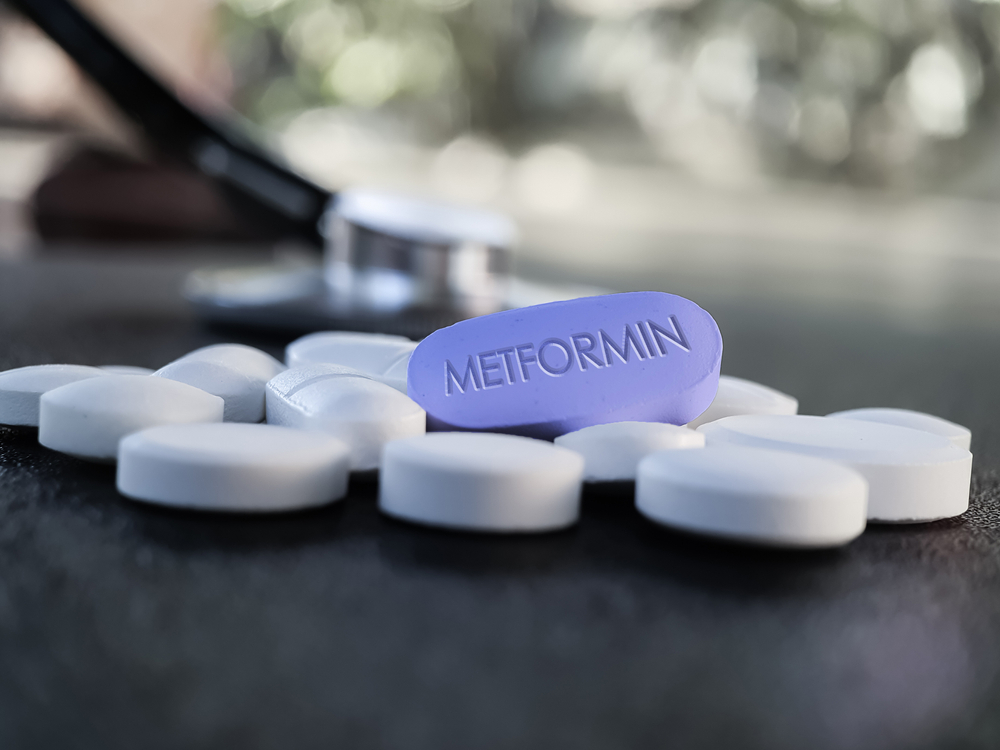
Patients in racial and ethnic minorities with chronic kidney disease (CKD) face increased risk of adverse outcomes associated with uncontrolled hypertension. Results of previous randomized trials have suggested an association between remote patient monitoring (RPM) of blood pressure and improvements in blood pressure. However, there are real-world barriers to implementation of successful RPM, including device assess and the lack of interdisciplinary teams.
Michel Terzibachi, MD, and colleagues created a pilot study designed to assess the feasibility and effectiveness of implementation of an RPM blood pressure program at a large urban health system in high risk patients with CKD and uncontrolled hypertension. Results were reported during a poster session at NKF SCM22 in a poster titled A Remote Blood Pressure Monitoring Program in High Risk Patients with Chronic Kidney Disease and Hypertension.
The study was conducted at the Montefiore Health System in the Bronx, New York. Nephrologists invited their patients to participate. Participating patients received instructions to measure blood pressure twice a day. Blood pressure readings were passively transmitted in real time via a cellular-enabled blood pressure device; readings were reviewed every 2 weeks or within 24 hours if a reading was ≥180/120 mm Hg. Patients also received education on lifestyle and adherence and had their medication adjusted if blood pressure was not at goal.
The researchers assessed both the feasibility (program acceptance, enrollment, participation), and the effectiveness of achieving blood pressure control. Descriptive statistics were performed and comparisons of the change in blood pressure from enrollment to 3 months were measured using paired t-tests.
A total of 38 patients were invited to participate. Of those, 36 accepted, 31 were enrolled, and 30 participated at 3 months. At enrollment, mean age was 59 years, 65% of participants were female, 55% were Black, 42% were Hispanic, 61% had diabetes, and mean estimated glomerular filtration rate was 43 mL/min/1.73 m2.
Mean duration of hypertension was 12.5 years, and participants used a mean of 2.8 blood pressure medications. At enrollment, systolic blood pressure was 149 mmHg and diastolic blood pressure was 81 mm Hg. At 3 months, the mean reduction in systolic blood pressure was -11.2 mm Hg (95% confidence interval [CI], -2.2 to -20.3; P=.02); mean reduction in diastolic blood pressure was -6.2 (95% CI, -0.4 to -12; P=.03). Twenty of the patients (65%) achieved blood pressure <140/90 mm Hg, and 11 (35%) achieved blood pressure <130/80 mm Hg.
In summary, the authors said, “Implementation of an RPM blood pressure program for high-risk CKD patients with uncontrolled hypertension is feasible and demonstrates short-term effectiveness. Future studies in this population that assess long-term blood pressure reduction with an RPM program compared to usual care are needed.”
Source: Terzibachi M, Sebastian G, Rikin S, Stark A, Johns T, Fisher M. A remote blood pressure monitoring program in high risk patients with chronic kidney disease and hypertension. Abstract of a poster (Poster #366) presented at the National Kidney Foundation 2022 Spring Clinical Meetings, Boston, Massachusetts, April 6-10, 2022.







 © 2025 Mashup Media, LLC, a Formedics Property. All Rights Reserved.
© 2025 Mashup Media, LLC, a Formedics Property. All Rights Reserved.